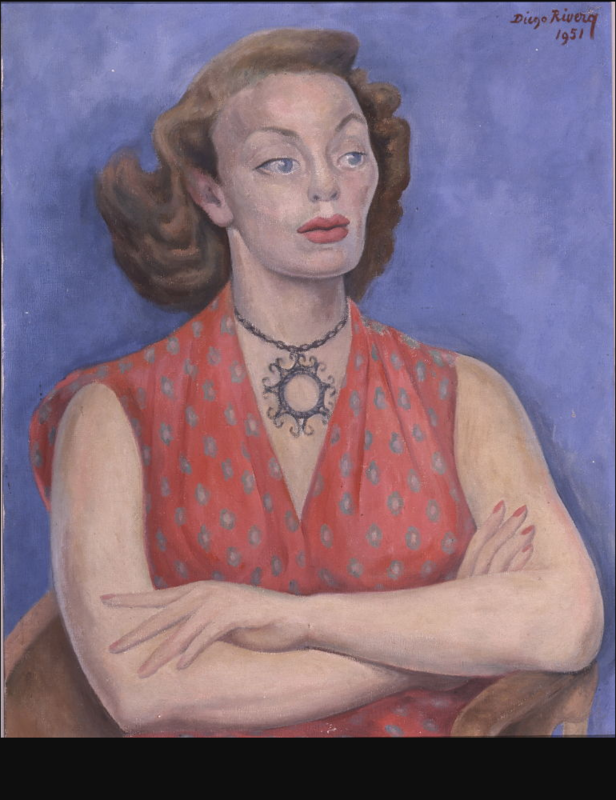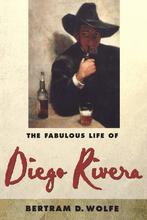More about Izetta Jewel Smith Watkins
- All
- Info
- Shop

Sr. Contributor
Izetta Jewel Smith Watkins proves that the apple doesn’t fall far from the tree.
This Izetta’s mother was the famous Izetta Jewel, a prominent actress and women’s rights activist of the early 20th Century. In between her brilliant dramatic career, the first Izetta helped found the National Woman’s Party, even inspiring Georgia O’Keeffe to join when the artist heard her speak at a banquet. Izetta (the mother) was one of the first women to run for the US senate, and almost won!
The elder Izetta’s first marriage to Congressman William Gay Brown Jr. of West Virginia produced the younger Izetta (of this portrait). Izetta II followed in momma’s footsteps, literally, traveling with her to Rome for a women’s suffrage conference, where her mother met evil dictator, Benito Mussolini. In the ‘30s and ‘40s, Izetta II acted under the stage name of “June,” opposite such major stars as Helen Hayes. She also took up the torch of political activism, furthering her mother’s work in the National Woman’s Party and Democratic Party.
Izetta II likewise had a daughter named Izetta Jewel Smith, by her marriage to Newsweek and Chicago Sun editor, Rex Smith. If you’re having trouble keeping these “family Jewels” straight, Diego Rivera’s Izetta is identifiable by her married name from her last husband, John C. A. Watkins. John outlived his wife and bequeathed this painting to the Fine Arts Museums of San Francisco upon his death in 2000.
John was a fascinating partner for this interesting woman born of theatrical and feminist royalty. As a young journalist he had flown in the first ever transatlantic passenger flight, developing a passion for aviation. He flew 49 combat missions in WWII and survived a plane crash. The museums may never have received this generous gift had John not been ordered home from the war in a “Saving Private Ryan” scenario, after all his brothers died in action. In the postwar years he published the Providence Journal, helping to win the newspaper a Pulitzer Prize for covering Nixon’s tax scandal (oh, those good old days when the president evading taxes caused universal outrage).
The two artistically inclined, progressive Izettas did not live to see this portrait hang on museum walls, but no doubt they would be proud of John for paying tribute to their legacy with this final contribution to the arts.
Sources
- Portrait of Natasha Gelman, 1943 by Diego Rivera,” accessed March 20, 2017, http://www.diegorivera.org/portrait-of-natasha-gelman.jsp
- Ronald B Richardson, “The Making of a Fresco Showing the Building of a City: Diego Rivera’s Meta-Mural,” January 30, 2012, http://ronaldbrichardson.com/metafiction/the-making-of-a-fresco-showing…
- Amy Fine Collins, “Diary Of A Mad Artist,” Vanity Fair, September 3, 2014, http://www.vanityfair.com/culture/1995/09/frida-kahlo-diego-rivera-art-…
- Kathy Belge, “Bisexual Painter Frida Kahlo,” accessed March 20, 2017, http://lesbianlife.about.com/od/artistswriterset1/p/FridaKahlo.htm












